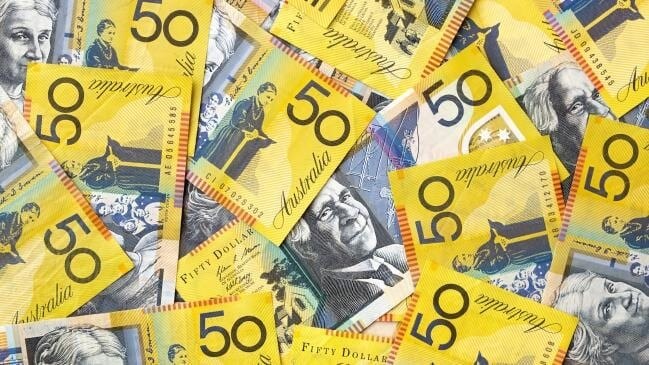
Strong Economic Data from China Lifts Australian Dollar
The Australian dollar tracked its gain by 0.2% to $0.7033 against the dollar, which had performed well against safe-haven currencies; the yen and Swiss franc.
Industrial output in China showed a resurgence in June from a 17-year trough in May. Retail sales numbers rose 9.8% from a year before, in comparison with May’s lackluster 8.3%. Many polled analysts had foreseen this.
China is the biggest export market for Australia. The encouraging economic data boosted the Aussie to its highest point in 10 days.
The yuan gained against the dollar to achieve its highest position since the previous week. The New Zealand dollar climbed to a two-week high.
The Chinese Economy
The Chinese economy is finding a strong foundation and certainly not as weak as many feared. This is according to ImreSpeizer, head of NZ strategy at Westpac Banking Corporation.
The quarterly gross domestic product in China showed the slowest growth in 27 years as expected. The GDP grew 6.2% in the June quarter compared to the year before.
From the Australian perspective, China, the nation’s biggest trading partner, will keep stimulating the economy to reach the annual growth target. This is according to Ryan Felsman, Commonwealth Bank of Australia economist.
The implementation of the stimulus measures appears to be bearing fruit as there are stronger readings from activity data in June. A lot of spending has been directed to production, investment, and retail spending, which have all exceeded the market expectations.
The U.S. dollar remained tight on expectations that the Federal Reserve would implement a rate cut. A rate cut will likely appear soon to boost inflation. Comments from the Fed Chair, Jerome Powell and Chicago Fed President, Charles Evans, indicate that possibility.
A 25-point-basis rate cut is likely happening at the end of the month. There is also a 20% chance that there will be a 50 basis point cut.
Investors and key stakeholders will take a particular interest in the U.S. retail sales figures due on Tuesday and various company earnings. These figures are usually good indicators of whether there is a slow down for shoppers and businesses.
The greenback held a 10-day low against a basket of rival currencies, trading at 96.830. It rallied against the yen to trade at 108.10 and then slipped to 108.00 which was well below the resistance mark of 108.98. The trading volumes in Japan were thin on Monday because it was a holiday.
The U.S. dollar climbed to 0.1% against the Swiss franc before falling back to $0.9845. The euro dipped to $1.272 but stayed in the two cent range.
-
Support
-
Platform
-
Spread
-
Trading Instrument




